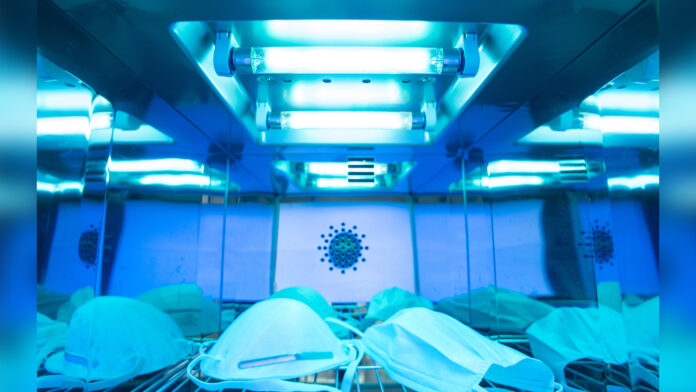By Food & Drug Administration
UVC radiation has been shown to destroy the outer protein coating of the SARS-Coronavirus, which is a different virus from the current SARS-CoV-2 virus. The destruction ultimately leads to inactivation of the virus. (see Far-UVC light (222 nm) efficiently and safely inactivates airborne human coronavirusesExternal Link Disclaimer). UVC radiation may also be effective in inactivating the SARS-CoV-2 virus, which is the virus that causes the Coronavirus Disease 2019 (COVID-19). For more information see “Q: Where can I read more about UV radiation and disinfection?”. However, currently there is limited published data about the wavelength, dose, and duration of UVC radiation required to inactivate the SARS-CoV-2 virus.
In addition to understanding whether UVC radiation is effective at inactivating a particular virus, there are also limitations to how effective UVC radiation can be at inactivating viruses, generally.
- Direct exposure: UVC radiation can only inactivate a virus if the virus is directly exposed to the radiation. Therefore, the inactivation of viruses on surfaces may not be effective due to blocking of the UV radiation by soil, such as dust, or other contaminants such as bodily fluids.
- Dose and duration: Many of the UVC lamps sold for home use are of low dose, so it may take longer exposure to a given surface area to potentially provide effective inactivation of a bacteria or virus.
Analysis – In order to learn about ways in which sharing can still be safe and trusted by individuals, it will be important to look into the preventative safety measures currently being employed in a variety of settings. This article offers some insight with regards to Ultra Violet sanitation methods and how they can be used to disinfect surfaces.




